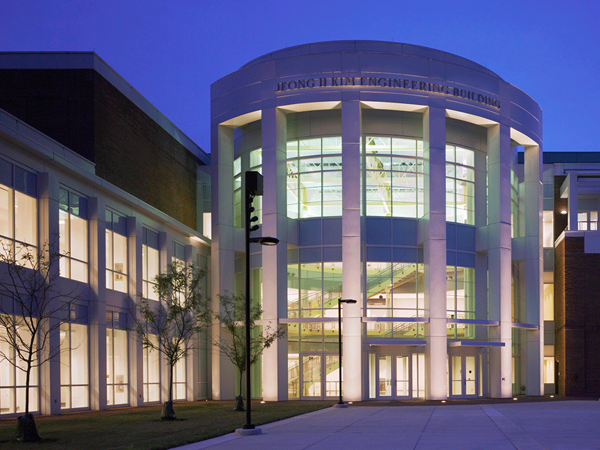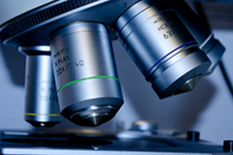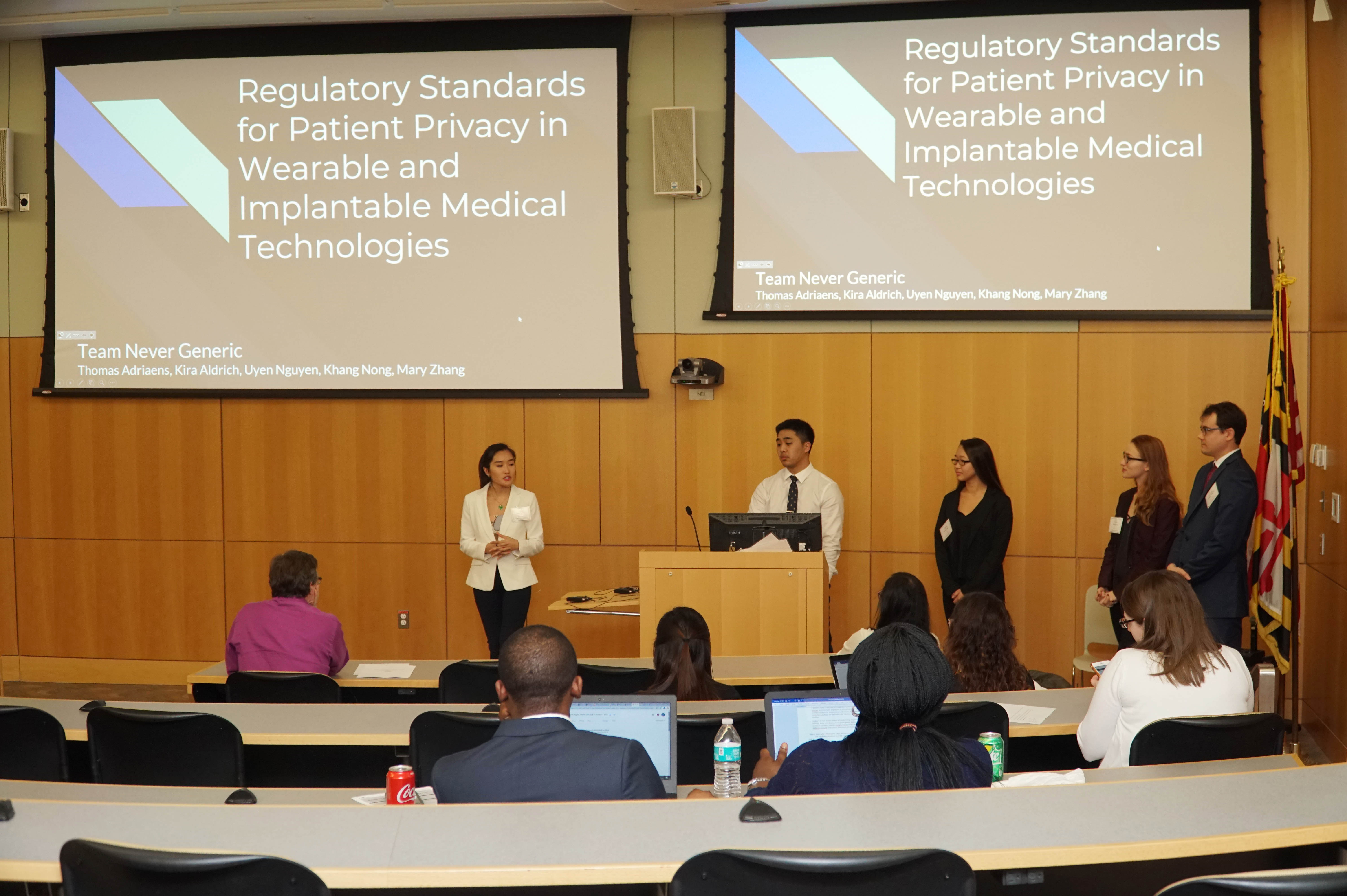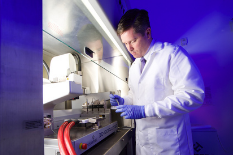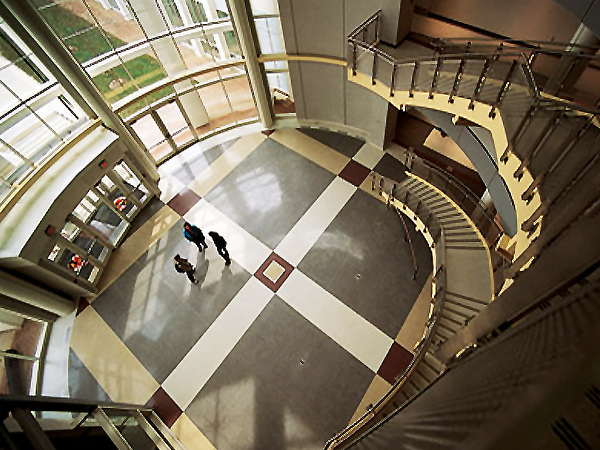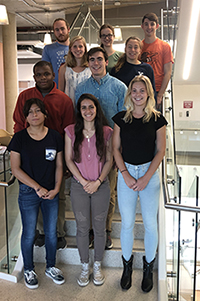News Story
Huang, FDA Team Up to Advance Fluorophore Safety-Related Regulatory Science

Dr. Huang Chiao (Joe) Huang
Fischell Department of Bioengineering Assistant Professor Huang Chiao (Joe) Huang is working with the U.S. Food and Drug Administration (FDA) to undertake regulatory research into emerging fluorescence imaging combination products, such as those used during surgery to detect and remove cancer.
In recent years, the use of fluorophores – fluorescent chemical compounds that absorb light in one color and re-emit light at another color – to differentiate diseased tissue from healthy tissue has gained popularity in the clinic. Such technology can prove critical in procedures to detect cancer and help surgeons remove tumor cells more precisely. Before being used in the clinic, these fluorophores need to be proven safe for human use. This includes determining that agents are not toxic to healthy cells, including that significant phototoxicity – damage by light-induced activation of agents – will not occur. To usher this technology into a clinical setting, the scientific community needs to learn more about the phototoxic potential of existing agents as well as identify best practices for evaluating new agents.
The Huang Lab is working with Dr. Joshua Pfefer and Dr. Rosalie K. Elespuru of the FDA’s Office of Science and Engineering Labs to establish standardized methods for evaluating phototoxicity of fluorescence imaging products in living cells. The research trio is pursuing this work as an NSF Scholars-in-Residence project. They aim to develop new knowledge and testing tools to further timely clinical translation of these technologies.
"We have all witnessed remarkable advances in fluorophores that light up cancer cells or other anatomical structures for precision surgical therapy.” said Huang. "Although useful, the potential for phototoxicity and the resultant impact on patient safety warrants further analysis. With the support from NSF, the knowledge gained from the UMD-FDA collaboration project can help facilitate the timely clinical translation of safe and effective fluorophores for applications such as interoperative visualization of cancer."
"This collaborative research project is intended to help fill a gap in knowledge and test methods that has become increasingly important in recent years, given the rising level of activity towards clinical translation of contrast-enhanced fluorescence imaging systems. We are very excited to be working together to develop approaches with the potential to improve public health.” said Drs. Pfefer and Elespuru.
The NSF – through its Directorate for Engineering, the Directorate of Computer and Information Science and Engineering Division of Computer and Network Systems, and the Directorate for Mathematical and Physical Sciences Division of Materials Research – along with the FDA – through its Center for Devices and Radiological Health (CDRH) – have established the NSF/FDA Scholar-in-Residence Program at FDA. This program comprises an interagency partnership for the investigation of scientific and engineering issues concerning emerging trends in medical device technology. This partnership is designed to enable investigators in science, engineering, and computer science to develop research collaborations within the intramural research environment at the FDA.
For more information about this project and the NSF/FDA SIR program, contact OSEL_CDRH@fda.hhs.gov
Published March 11, 2021
